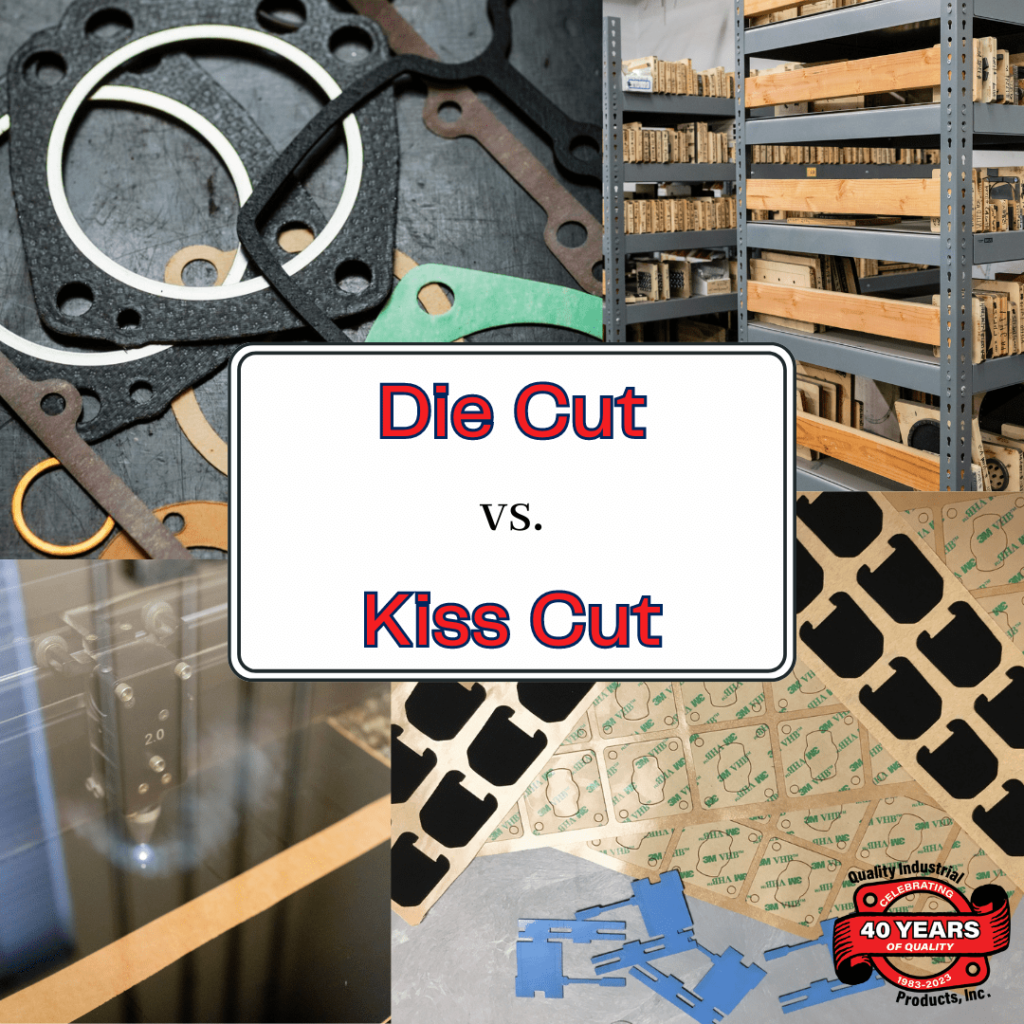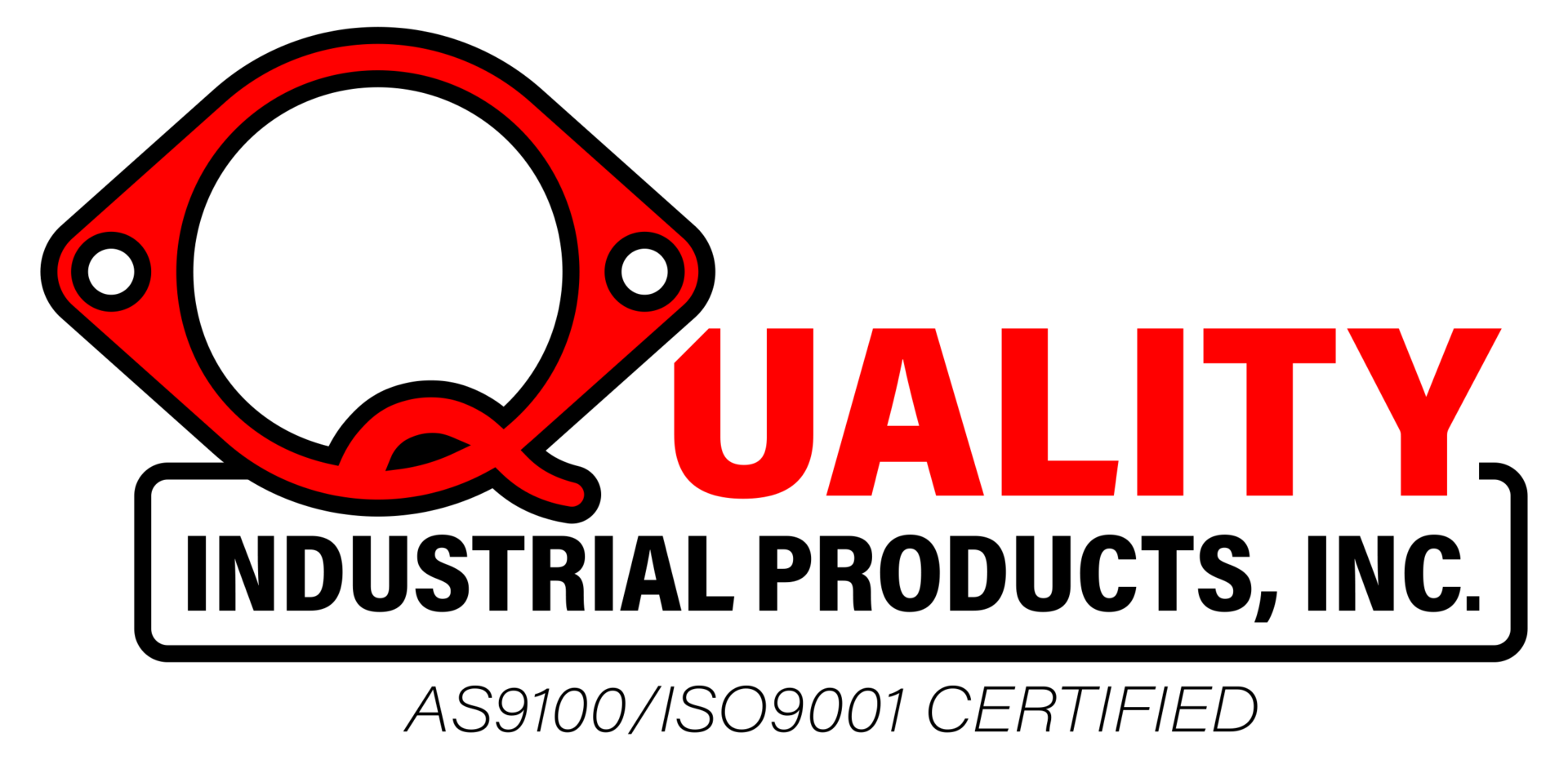Die Cut Vs. Kiss Cut

Die cutting and kiss cutting are two popular cutting techniques used to create custom parts, but many people don’t know what the difference is between them. On the surface, they might look similar, but there are some key distinctions that make them unique. In this blog post, we will explore these differences to help decide which method works best for a specific project. What Is Die Cutting? Die cutting is a process that uses a die (a sharp metal plate which looks like a cookie cutter) to cut out shapes from a variety of materials such as rubber, silicone, plastic, foam, and more. It’s typically done with a press-type machine that uses pressure to cut the material into the die’s shape. One of the key advantages of die cutting is that it can create multiple intricate shapes at the same time with precision and accuracy. This makes it ideal for quickly creating large quantities of customized components and uniform parts. What Is Kiss Cutting? Kiss cutting is a type of cut, rather than a specific process. Kiss cutting generally involves a die or blade, but a laser may also be used. The main difference is in the depth of the cut. Whereas die cutting typically goes through the entire material from top to bottom, kiss cutting only cuts through part of the material’s thickness (usually just the face). With kiss cutting, you can create intricate designs that allow for folding, perforating, or selectively removing adhesive without having to worry about compromising structural integrity (as you would with full-depth cuts). It is often used for making labels, stickers, decals, and nameplates, but is also frequently used for parts that need to rigidly wrap or fold around three-dimensional surfaces, rather than lying flat. Another application for kiss cutting is for the easy removal of adhesive parts from their liner. Rather than struggling to peel the backing off something sticky, kiss-cutting allows for the backing to be larger than the part itself, allowing for clean and easy removal of parts, making quality control and part application much faster, cleaner, and more accurate. In conclusion, whether you need die cutting or kiss cutting services depends on your unique project requirements. Die cutting is best suited for high-volume applications where cost savings are paramount; while kiss cutting provides more flexibility when it comes to design complexity and allows for more precise control over tolerances. By understanding the differences between these two cuts, you can make an informed decision about which one is right for your project. Team QIP is here to help address any questions about which cutting method is best for your project. Please contact us for more information.
